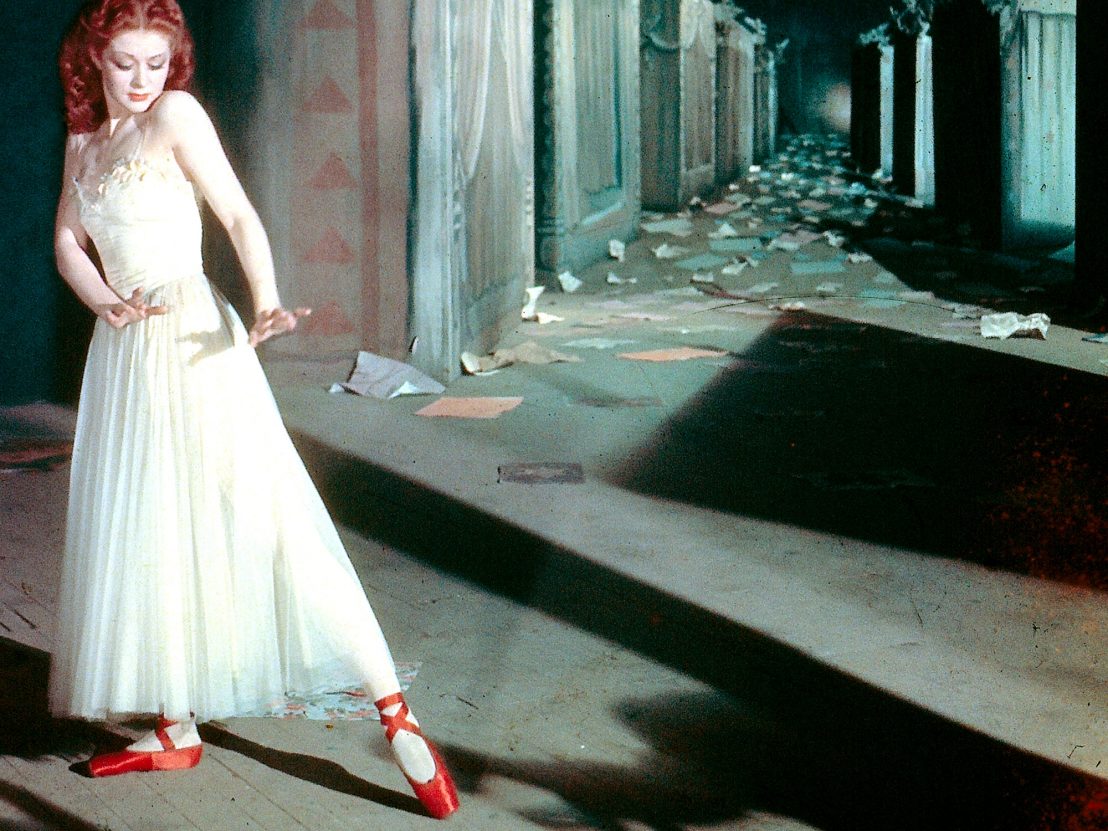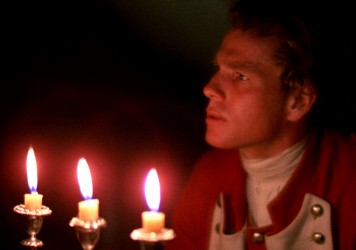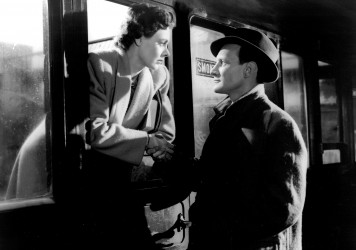
True desire for what we want burns and yet we so often repress it. What is it that we really, truly want from life? It’s a recurring question at the heart of Michael Powell and Emeric Pressburger’s films. Do you really want to build a monastery in the Himalayas or are you running from your own broken heart? Do you really want to get to that remote Scottish island where your rich fiancé resides or have you, in fact, fallen for the local naval officer on your journey? Do you really want to marry the village parson because you’re in love with him or is your thirst actually for the dangerous land-owning gentry who has an equal relish for fox blood?
Desire and the questions it poses are essential to Black Narcissus, I Know Where I’m Going! and Gone to Earth – but none of them come to such tragic and telling conclusions as Powell and Pressburger’s 1948 film, The Red Shoes, where emotional and creative desires are set as an impossible binary that tears the main character apart.
The film follows the career of dancer, Victoria Page (Moira Shearer), as she rises through the ranks of a respected ballet company, Ballet Lermontov, run by obsessive director Boris Lermontov (Anton Walbrook). Taking an early chance on Page, Lermontov finds in her the potential for a new star. He simultaneously employs an up-and-coming new composer to his company too, Julian Craster (Marius Goring).
The trio go on to find huge success with their adaptation of Hans Christian Andersen’s fairy tale ‘The Red Shoes’, telling of a magical pair of shoes that force their wearer to dance on at the expense of all else. As the careers of the trio progresses, Page and Craster fall in love, forcing Lermontov, who believes such a diversion will produce average work, to dismiss them from the company. The opportunity arises later for Page to return to dancing, leading to her dilemma: amorous satisfaction with Craster or creative satisfaction with Lermontov.
Unlike the pairs other films about desire, The Red Shoes has a cruel streak as it sets two reasonable wants against one another. The film almost works as a ménage-a-trois, only with Lermontov representing some creative craving or ambition rather than a secondary sexual or romantic one. It is doubly affecting in this sense as the very narrative of the ballet is itself about this same binary and reflects the film’s core theme back on itself; the power of the red shoes – a perfect symbol of artistic drive and ambition – crossing over from the stage narrative into the film narrative.
Powell and Pressburger conjure some brilliant moments of dream-like visuals, including the startling realisation of the ballet itself in a huge, colourful set-piece. Such surrealist moments go some way to making the heart of the drama seem less brutal than it really is. Page is forced into the impossible situation of choosing married life with Craster or the life of a dancer that, for most of the film, she has stated as being what keeps her going. When Craster asks her to take off the red shoes in the film’s final moments, the symbolism is no longer a cipher of her ambition but her ambition itself. It is something he aptly can ask only when she is finally slipping away from this world.
Similarly to Joan Webster (Wendy Hiller) in I Know Where I’m Going! there is a sense of inevitability about this. Once the questions were posed about her true desire, it was always set to be impossible to live with either choice. Whereas Joan accepts the truth of her singular wants and reaps the rewards of a happy life, Page has only one destination – the same as her stage character who dances on until all else, including her body, has fallen.
By the end of the film, the dilemma has battered Page and left her as tattered and bruised as she is at the end of the ballet. There’s a beautiful ambiguity to the ending that reinforces this parallel. After Craster has walked out and is at Monte Carlo train station waiting to go back home to London, Page runs out after him before falling towards an oncoming train. A mirror somewhere reflected light onto the shoes once more, hinting at their magical qualities.
It is difficult to read whether the shoes dragged her to her doom because of the impossibility of the choice or because they knew she had made such the choice to run back to Craster. As Lermontov suggests, “Life rushes by, but the red shoes dance on” either way. The Red Shoes employs a colour palette as bright and vivid as British cinema has ever dared go. But, underneath this Technicolor fable, like all the very best fairy tales, lies a dark heart that asks for the impossible.
Published 11 Aug 2018

By David Hayles
Forty years after it left critics cold this majestic tragi-comedy stands as a testament to a true master of his craft.

Rural train platforms were transformed forever by this high peak of screen romance from David Lean.

Shelagh Delaney’s voice stood out from the angry young men who dominated British cinema in the mid 20th century.